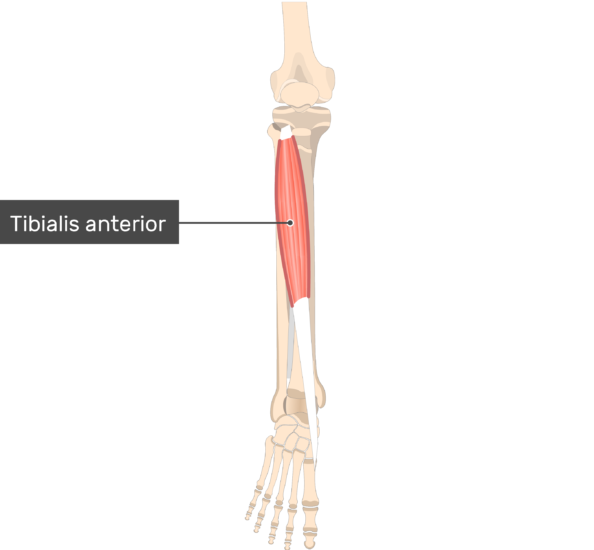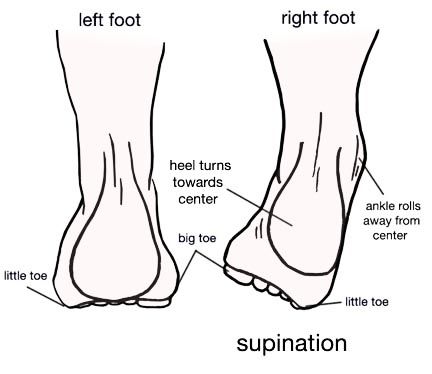
As you progress through your Chiropractic care, you will start to notice that you have a greater ability to move more efficiently, and that your desire to get up and be more active will also increase.
We encourage you to take advantage of this new energy by easing into a fitness routine that will work to make you stronger and more able to take on the tasks of daily life. If you are unsure how to go about starting your new fitness routine, check out our Exercise page for all the information you will need for getting started into fitness.
As with any new exercise program, there are bound to be a few aches and pains that occur – these aren’t necessarily a bad thing! Most of the time it is your muscles recovering from a new stimulus, and those aches and pains are an indication of your muscles repairing themselves to become stronger. However, sometimes, especially with new runners, things like shin splints occur. Shin splints – also known as medial tibial stress syndrome – are an acute pain in the shin and lower leg caused by inflammation of the muscles, tendons, and bone tissues about your tibia. The pain can be described as a burning sensation along the shin that usually starts when exercise starts and ceases when the workout is over. Shin splints are generally nothing to worry about, though they do need taking care of sooner rather than later. If spin splint pain continues for longer than a few minutes after stopping exercise, this can be a sign that you are progressing closer to a stress reaction or fracture in your lower legs and more drastic attention and a longer healing period may be required.
Shin splint pain can occur in one of two places: directly along the front of the tibia (most prominent shin bone), or along the inside edge of the lower leg; these are known as either anterior shin splints, or posterior shin splints, respectively. Anterior shin splints are generally caused by an overuse of the anterior tibialis muscle (the muscle that runs along the front of the shin – it is used to flex the foot up), and posterior shin splints are caused by muscle imbalances in the muscles of the lower legs (e.g. tight calves), or imbalances in foot position (over pronation/supination of foot).



If you are already suffering from shin splints, there are ways that you can treat them:
Treating Shin Splints
1. REST! Although this is probably not what you want to hear after you’ve finally gotten into the swing of your new exercise routine, resting is the most effective way to allow your shin splints to heal. You can switch to a type of exercise that doesn’t directly jar the lower legs – swimming, biking, and strength exercises would be great, lower impact alternatives.
2. Don’t “push through the pain” – this is how stress fractures can occur. If the shin splints start during your run, stop and walk back to your starting location.
3. Strengthen and stretch your legs post exercise, and on your rest days. Strength training of the lower body is especially important as having stronger legs means they will be more stable during activity. Single leg movements done with free weights will be ideal as they will strengthen muscles used for stabilizing, as well as help with balance (think: lunges, split squats…). There are also shin splint specific exercises and stretches that you can do as well, as seen in this 4 Stretches To Combat Shin Splints article by bodybuilding.com
4. Ice your shins for approximately 20 minutes every 2-3 hours to reduce the inflammation and swelling.
Once you have been pain-free for at least two weeks, you can start to ease your way back into exercise. Although you may be eager to get back into your routine, it is important that you reacquaint your body with exercise slowly, and follow these tips to prevent your shins from flaring up again:
Preventing Shin Splints
1. Regular Chiropractic adjustments! When your nervous system is functioning properly, without any inference, you are able to function properly as well – which means that your healing power will be greater. When your body is able to function properly, and your spine is in proper alignment, your running efficiency will improve, and so will your ability to recover from the stress of exercise.
2. Get fitted for running shoes suited to your style of running. Over pronation is a risk factor for shin splints according to studies, and wearing the correct shoes can prevent this from occuring. There are many stores that specialize in fitting their customers with proper running shoes – they will perform a gait analysis to determine the level of support you need in your shoes in order to allow you to run properly and without pain.
3. Replace old shoes. Running shoes typically last about 500 miles before the support and cushioning wear out. Don’t be fooled by the soles of your shoes, they will usually far outlast the support – your runners will need replacing long before the soles show drastic wear and tear!
4. Do not over-stride. Over striding when walking or running can cause shin splints – make sure your stride is longer in the back and shorter in the front, and push more off of your back leg for momentum.
5. Run on softer surfaces – try and stay away from concrete! Dirt surfaces will be the softest (just make sure it’s a relatively even surface), but asphalt is a good alternative to concrete if dirt/grass isn’t available.
6. Warm up before getting into your run. Start out at a slower pace for a few minutes to prep your muscles body for the higher intensity exercise that is to come.
7. Alternate your more intense running days with a lighter day of exercise in between – biking, swimming, and strength training are great options. This will give your shins and lower leg muscles a chance to recover before they get re-stressed on your next run.
Chiropractic care improves nerve function, which means you are able to carry out the functions you were designed for, properly. When Chiropractic care is combined with regular exercise, it allows us to participate in an exercise routine that will keep our body conditioned and strong, as well as stay within a healthy weight range, and reduce our chances of disease! Don't let shin splints stop you from keeping your body moving in the long-term - the human body was designed to move, after all!

